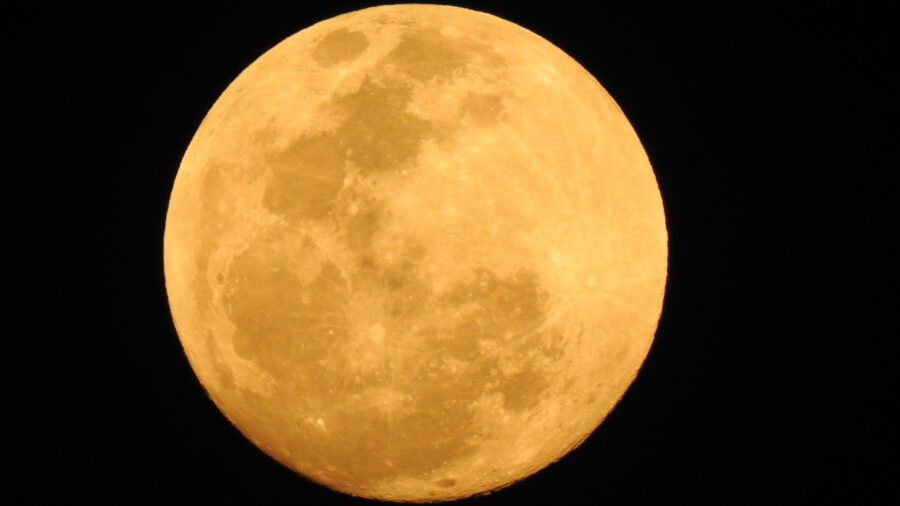Tragedy Strikes India’s Moon Lander One Month After Making History

India’s Vikram Moon lander and Pragyaan rover have become unresponsive just one month after it became the fourth country to accomplish a soft landing on the lunar surface. The triumph that preceded this unfortunate turn of events was a monumental achievement for the Indian Space Research Organization (ISRO) and the world at large.
India’s Vikram Moon Lander went into hibernation, but now that it’s supposed to wake up, it isn’t responding to any commands.
According to The Byte, the Moon lander released the Pragyaan rover shortly after landing on the surface. It even briefly levitated 15 inches before gracefully returning to the surface. The ISRO team then decided to put Vikram and Pragyaan into sleep mode to endure the harsh lunar night, where temperatures can plummet to -180 degrees Celsius (-292 degrees Fahrenheit).
The plan was to wait out the night and reawaken the duo after the lunar sunrise on September 22. Unfortunately, as the days passed, the Vikram Moon lander and Pragyaan rover remained unresponsive, plunging their caretakers into a state of uncertainty. ISRO scientists have struggled to make contact with the stranded spacecraft, and hopes are dimming that they will ever wake from their lunar slumber.
“Unless the transmitter on the lander comes on, we have no connectivity, it has to tell us that it’s alive. Even if all other sub-systems work, we have no way of knowing that.”
Kiran Kumar, ISRO Chief
The situation underscores the extreme lunar surface conditions, where prolonged exposure to the frigid, lightless night can challenge even the most robust of machines. Despite the grim circumstances, scientists remain positive, with the ISRO taking to social media to promise that efforts to establish communication with the Vikram Moon lander and Pragyaan rover will continue.
The team at mission control will keep trying to reestablish contact with the Moon lander until the next lunar sunset on September 30. “Unless the transmitter on the lander comes on, we have no connectivity,” ISRO chief AS Kiran Kumar explained. “It has to tell us that it’s alive. Even if all other sub-systems work, we have no way of knowing that.”

While the challenges of surviving the lunar night are daunting, there have been instances of lunar rovers successfully weathering the cold. China’s Chang’e-4 and Yutu-2 rovers have endured the lunar night on more than one occasion, offering a glimmer of hope that the Vikram Moon lander and Pragyaan rover might defy the odds and awaken.
Even if India’s Moon lander never reawakens, the country’s Chandrayaan-3 mission can still be counted as a groundbreaking success. The mission follows Chandrayaan-2 and aims to demonstrate end-to-end capability in safe landing and roving on the lunar surface. It consists of a lander and a rover similar to its predecessor but does not have an orbiter.
Even if India’s Moon lander never reawakens, the country’s Chandrayaan-3 mission can still be counted as a groundbreaking success.
Its propulsion module behaves like a communications relay satellite, carrying the Moon lander and rover configuration until the spacecraft is in a 100km lunar orbit. Chandrayaan-3 is aimed at the lunar South Pole, a region with water ice or frozen water that could be a source of oxygen. The expected mission life of the lander and rover is one lunar day, which is approximately 14 Earth days.
The scientific objectives of Chandrayaan-3 are to perform experiments to help scientists better understand Earth’s spectral and polarimetric measurements from the lunar orbit and to study the mineral composition of the Moon’s surface. Due to the current setback, it remains to be seen if the Moon lander and rover are able to build on the discoveries made by Chandrayaan-2.












